Tripolia Bazaar Jaipur
Tripolia Bazaar Jaipur is one of the most iconic and traditional markets in Rajasthan’s capital city. Tucked inside the historic Pink City, this bazaar is a vibrant blend of color, craft, and culture that has survived the test of time. It stretches between Manak Chowk and Chhoti Chaupar and is named after the Tripolia Gate—“tri” meaning three and “pol” meaning gate. The triple-arched gateway marks the entrance to a world that feels timeless.
Tripolia Bazaar is not just about shopping—it’s a heritage experience. Every shop, vendor, and lane echoes centuries of tradition. You’ll find lac bangle makers sitting outside their tiny stores, shaping and decorating bangles using age-old techniques. The smell of brass and the shimmer of polished copper, the bright flash of Rajasthani textiles, and the rhythmic sounds of local commerce create an unforgettable atmosphere. Tripolia is where tradition is not displayed behind glass but lived every day, in every transaction.
History and Ambience
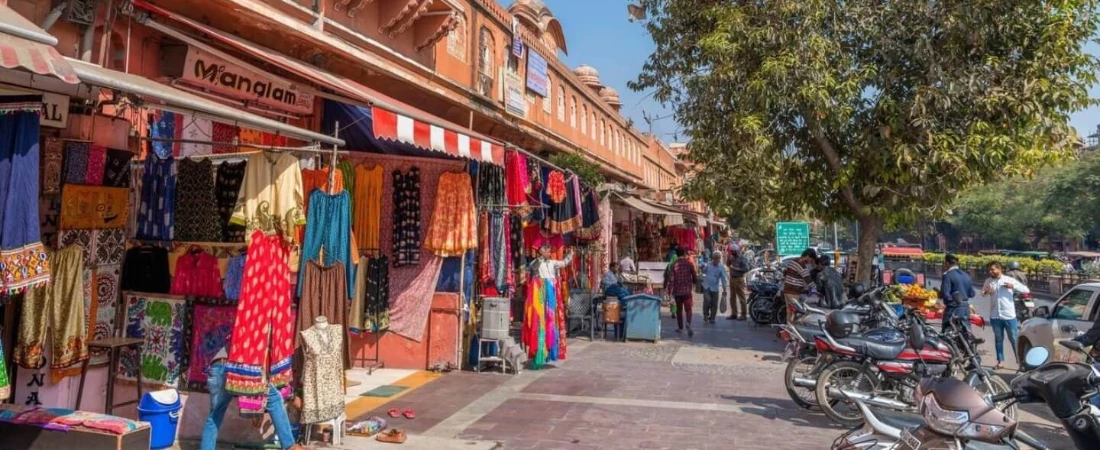
Tripolia Bazaar dates back to the 18th century, developed during the reign of Maharaja Sawai Jai Singh II, the founder of Jaipur. As part of the city’s original design, the bazaar was strategically positioned near royal residences, temples, and administrative quarters. This placement turned it into a central hub for artisans and merchants, and it remains one of the city’s busiest markets even today.
The atmosphere of the bazaar is truly distinctive. Traditional pink-hued buildings flank the streets, while intricately carved windows and balconies give a glimpse into Jaipur’s artistic past. It’s not uncommon to find peacocks strutting on rooftops or monkeys leaping across cables as the hustle of trade continues below. Sounds of hammering, bargaining, chanting from temples, and bells from passing cycles blend into a sensory experience that’s both nostalgic and energetic. Walking through Tripolia Bazaar is like walking through a painting that’s alive—vibrant with color and culture.
What to Buy
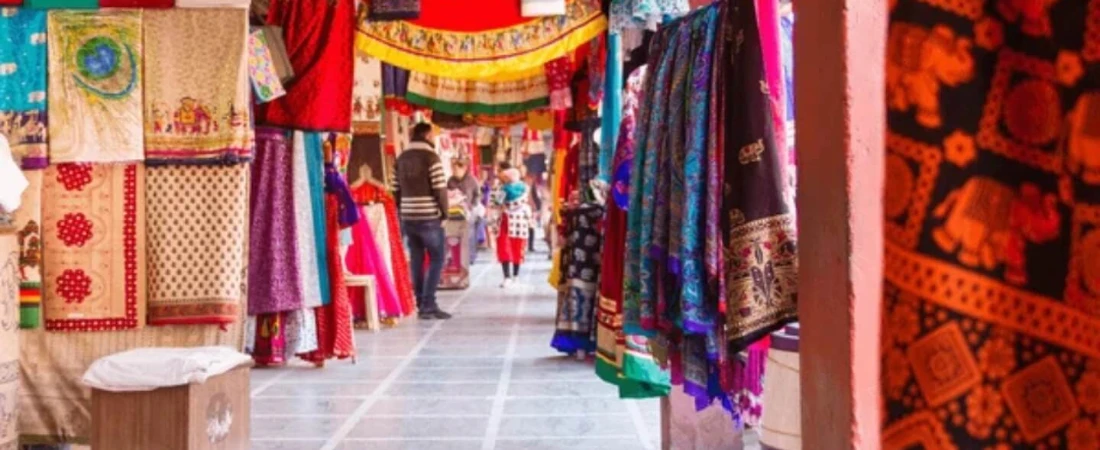
Tripolia Bazaar is most famous for its lac bangles, a traditional Rajasthani craft that attracts buyers from all over the world. These bangles are handmade using natural lac and decorated with mirrors, stones, and vibrant colors. You can often watch artisans mold and polish them right in front of you. They are not just fashion items but hold cultural importance in Rajasthani weddings and rituals.
Aside from lac bangles, the bazaar offers a wide selection of brass items such as religious idols, lamps, utensils, and home décor products. These brass pieces are intricately carved and sometimes feature traditional motifs. You’ll also find iron tools, copper goods, and ornamental metal crafts that reflect Jaipur’s diverse artistic background.
For textile lovers, Tripolia offers bandhani dupattas, hand-embroidered bed covers, and block-printed fabric. These are created using natural dyes and manual processes, making every piece unique. Even footwear like mojris and juttis is sold here, crafted using real leather and traditional embroidery. The variety and authenticity make Tripolia a treasure trove for anyone who appreciates Indian handicrafts.
When to Visit
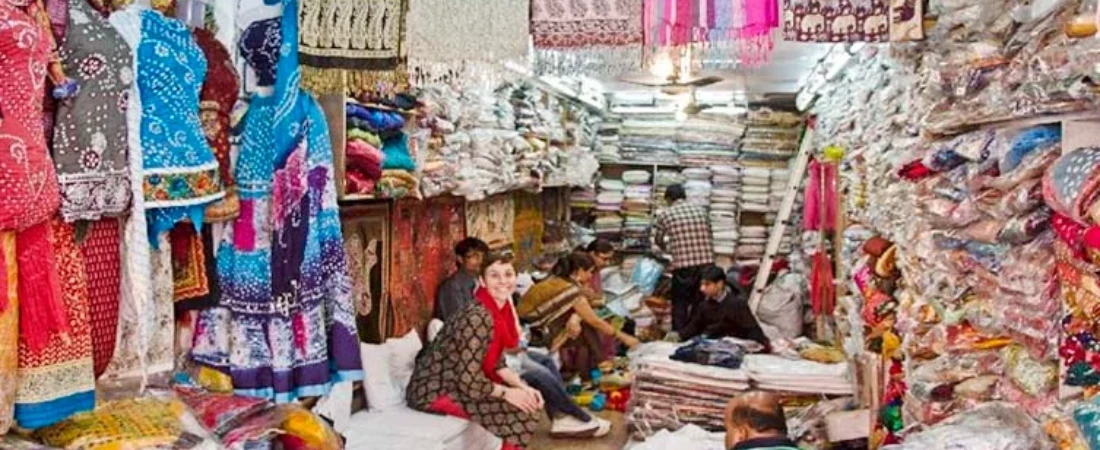
The best time to visit Tripolia Bazaar is between October and March when Jaipur’s weather is cooler and more comfortable for walking outdoors. These months also include major festivals like Diwali, Gangaur, and Teej, during which the market becomes even more colorful and vibrant. Shops are decorated, and special items are stocked, making it a great time to buy festive crafts and gifts.
The bazaar is open from 10 AM to 7 PM, Monday through Saturday, and is closed on Sundays. Weekday mornings are usually the calmest time to visit, allowing you to explore without heavy crowds. Afternoons get busier, especially after 4 PM when local shoppers arrive.
Plan to spend at least two to three hours here, as there’s a lot to see and experience. Wear comfortable footwear and breathable clothes, and keep some cash handy, as not all vendors accept digital payments. While bargaining is common, it’s important to be respectful and polite when negotiating prices.
Local Culture

Tripolia Bazaar is more than a commercial space—it’s a reflection of Jaipur’s living traditions. Families that have run these shops for generations still maintain their trade with pride. The lac bangle artisans belong to the Manihar community, and many of them work from a small lane within the bazaar called Maniharon Ka Rasta. This narrow street is considered the cultural heart of the market, where you can see the entire bangle-making process by hand.
The market also holds religious and cultural importance. Temples are located within the bazaar, and it’s common to see priests, devotees, and festival processions pass through the streets during important religious days. Traditional music, chanting, and temple bells add to the market’s immersive experience. Even the architecture preserves the essence of old Jaipur, making Tripolia not just a place to shop but a place to feel connected to the past.
For many locals, the bazaar isn’t just about business—it’s about identity. Shopping here supports generations of artisans and helps preserve crafts that are slowly disappearing in the age of fast fashion and factory-made goods.
Final Thoughts
Tripolia Bazaar Jaipur is not just a shopping destination—it is a cultural landmark. It offers a direct connection to the artistry, tradition, and lifestyle of Jaipur’s people. Every visit is a unique experience where you see real artisans at work, hear stories behind their crafts, and take home pieces that are handmade with skill and soul.
In a world that is becoming increasingly fast-paced and commercial, Tripolia Bazaar stands as a reminder of the value of tradition and human touch. From the delicate shimmer of a handcrafted bangle to the warm smile of a local vendor, every moment spent in the market feels meaningful. Whether you're a traveler on a cultural quest or a local revisiting childhood memories, Tripolia promises more than just shopping—it offers a feeling of connection, creativity, and continuity


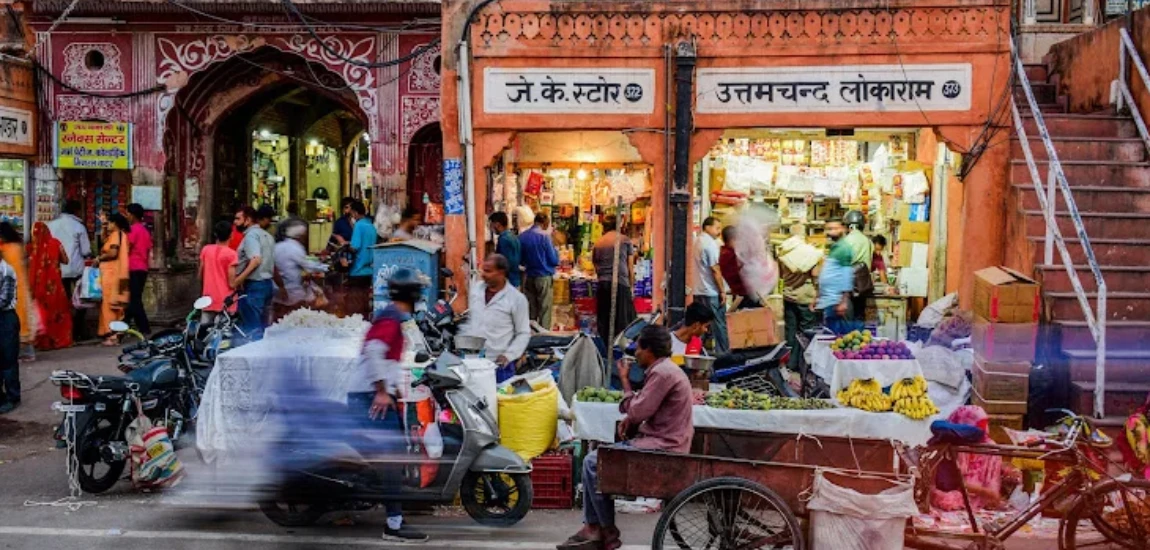
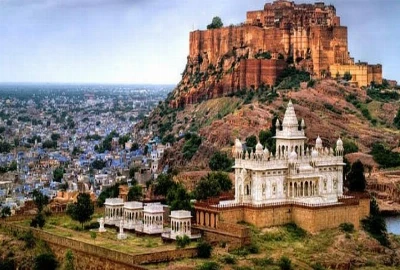
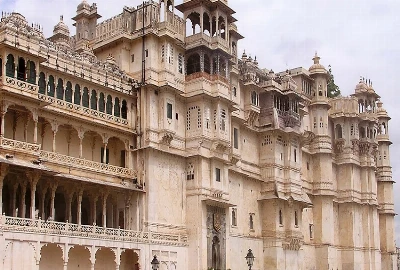


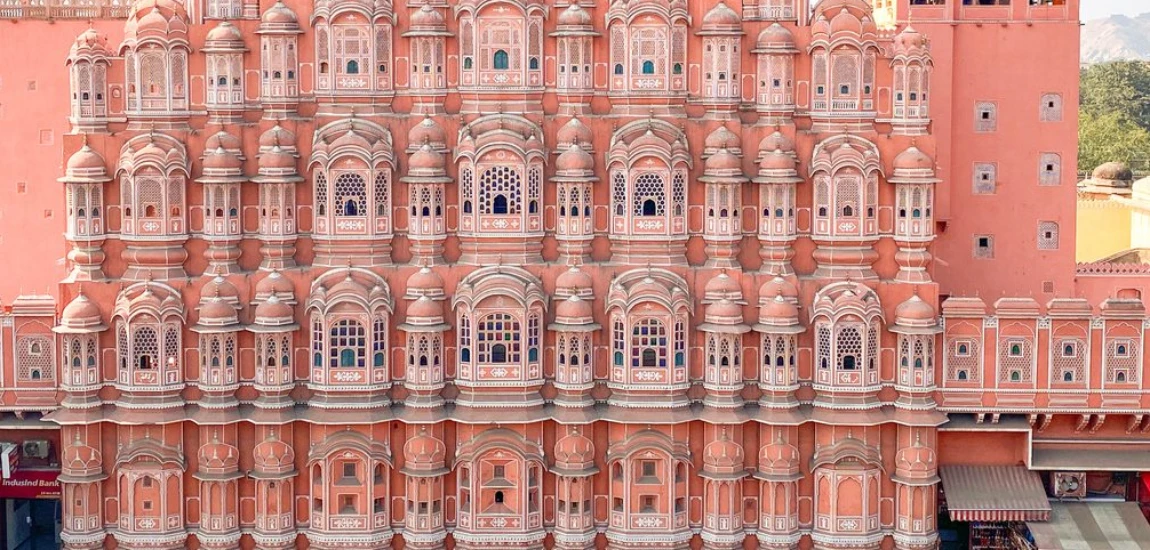

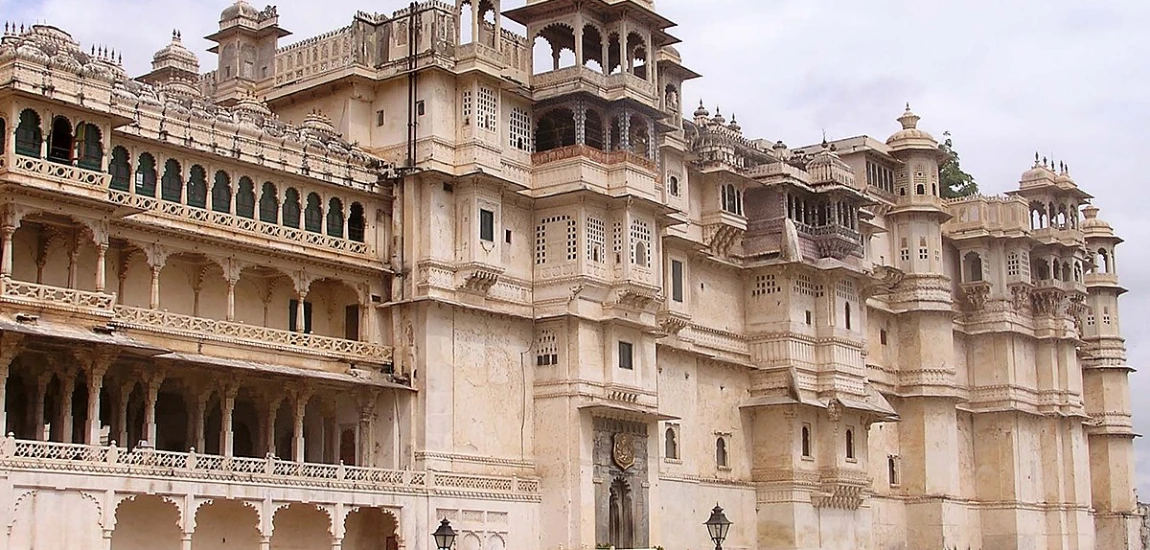
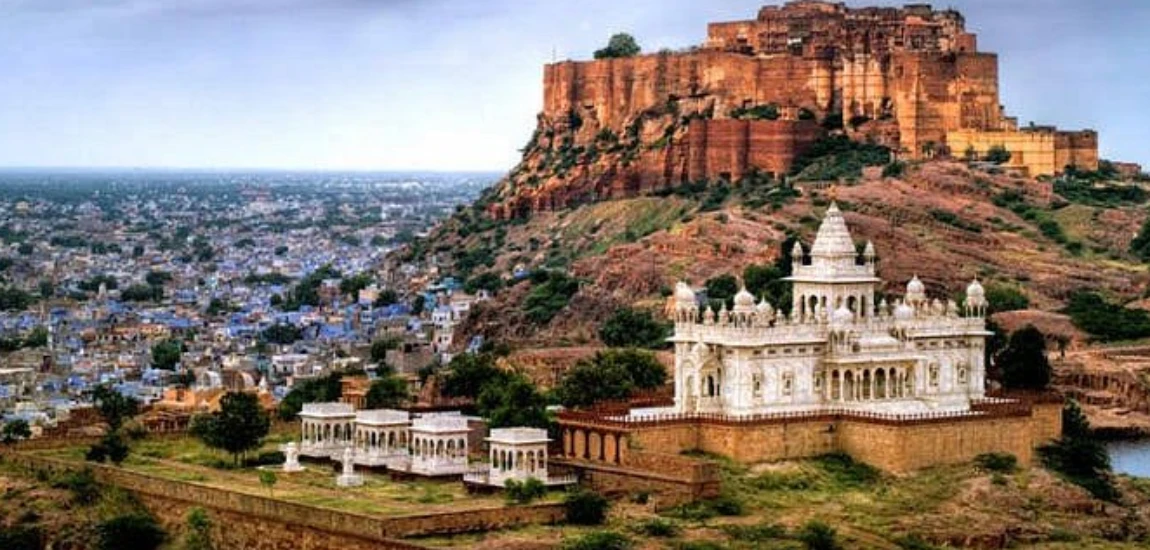
Leave a comment